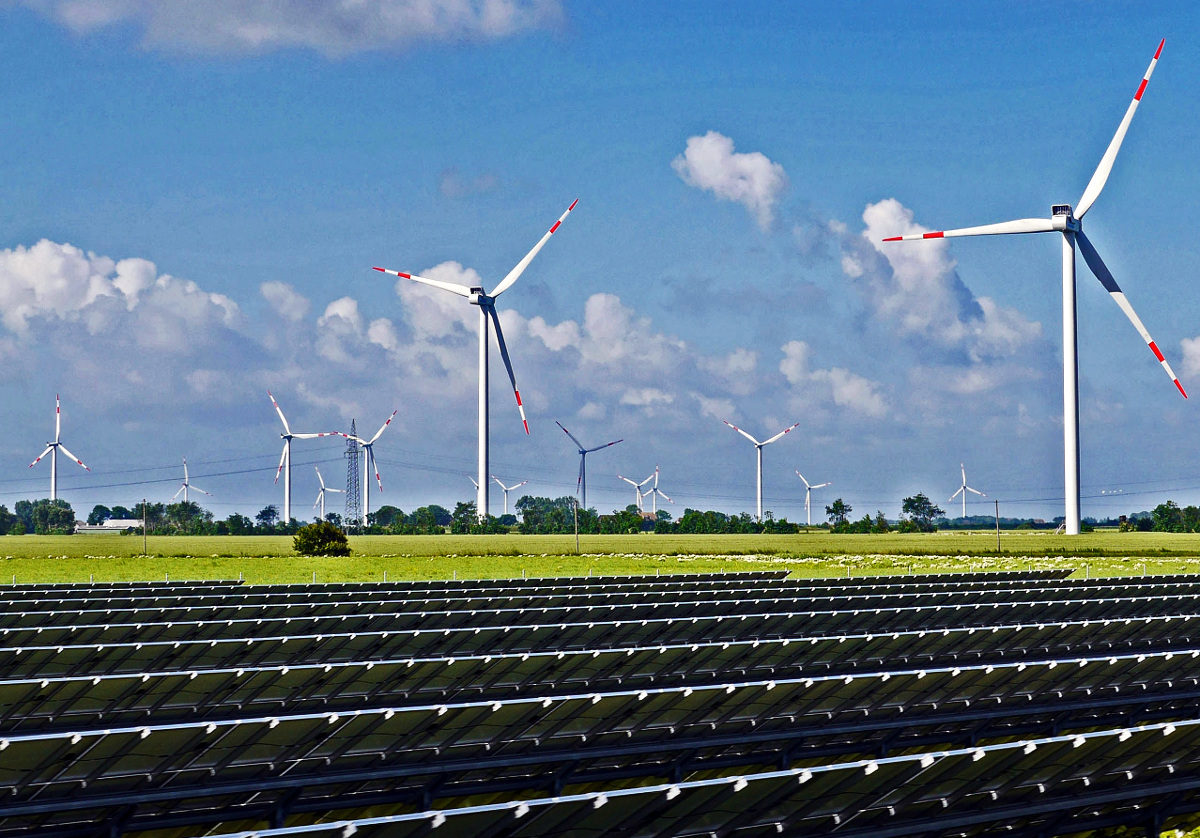A report published today by the global think tank Ember reveals that four of India’s states and union territories have already surpassed their 2022 renewable (RE) capacity targets as India chases 175 GW RE by December 2022. But 27 states and union territories are yet to achieve even half of their respective targets and would need a big step up to meet them by the year-end.
The research, titled India’s race to 175 GW, shows that India has installed 110 GW of RE capacity (excluding large hydro) as of March 2022, which is 63% of the 175 GW target. With 54 GW of solar capacity and 40 GW of wind capacity on the grid, the nation is at half its solar power target and two-thirds its wind power target for 2022.
As of March 2022, the states of Telangana (248%), Rajasthan (119%), Karnataka (107%), and the union territory of Andaman and Nicobar (129%) have surpassed their end-of-year targets, while Gujarat (97%) and Tamil Nadu (75%) are inching closer to their targets. Uttarakhand (52%) and Sikkim (66%) are the only other states which have achieved more than 50% of their target.
The report says all states need to contribute as the nation will need 65 GW more in the next nine months to meet its RE target of 175 GW by December 2022. Five key Indian states account for two-thirds of this 65 GW shortfall: Maharashtra (11 GW), Uttar Pradesh (10 GW), Andhra Pradesh (9 GW), Madhya Pradesh (7 GW), and Tamil Nadu (5 GW).
“Lack of progress in key states is holding back India’s race to 175 GW,” said Ember’s senior electricity policy analyst Aditya Lolla. “Solar and wind deployments need a big push in the coming months to drive India closer to this target.”
Solar needs 85% growth in the next nine months to meet its 100 GW target by the end of 2022. Wind power needs almost a 50% rise in the next three quarters to reach the 60 GW target.
450 GW RE by 2030
India targets 450 GW of renewables and 500 GW of non-fossil capacity by 2030. With 110 GW already installed, the nation needs to deploy 340 GW of new RE capacity (on an average, 42.5 GW RE annually for the next eight years) to meet the 2030 target. It would require the country’s solar capacity to rise five-fold to 280 GW from 54 GW and wind to rise four-fold to 140 GW from 40 GW during this period. This translates to 29 GW of new solar and 12.5 GW of new wind capacity addition every year on average till the end of this decade – a far faster pace than the nation’s record annual addition of 15 GW RE (14 GW of solar and 1 GW wind) in FY 2021-22.
The report says it is more than possible for India to deliver on its 2030 targets of 450 GW RE or 500 GW non-fossil capacity if all the states are fully engaged and aligned with the national targets.
This content is protected by copyright and may not be reused. If you want to cooperate with us and would like to reuse some of our content, please contact: editors@pv-magazine.com.









4 comments
By submitting this form you agree to pv magazine using your data for the purposes of publishing your comment.
Your personal data will only be disclosed or otherwise transmitted to third parties for the purposes of spam filtering or if this is necessary for technical maintenance of the website. Any other transfer to third parties will not take place unless this is justified on the basis of applicable data protection regulations or if pv magazine is legally obliged to do so.
You may revoke this consent at any time with effect for the future, in which case your personal data will be deleted immediately. Otherwise, your data will be deleted if pv magazine has processed your request or the purpose of data storage is fulfilled.
Further information on data privacy can be found in our Data Protection Policy.